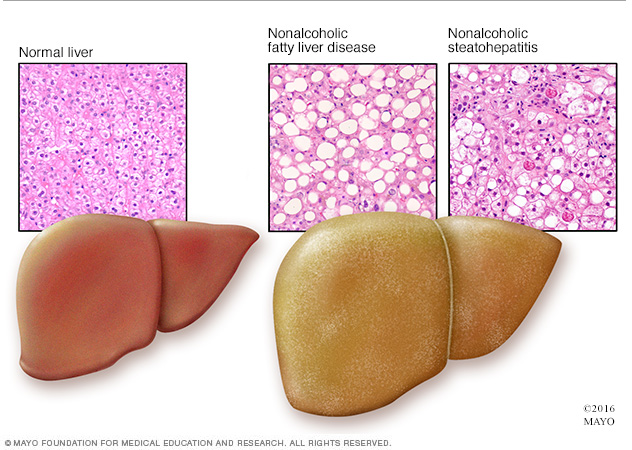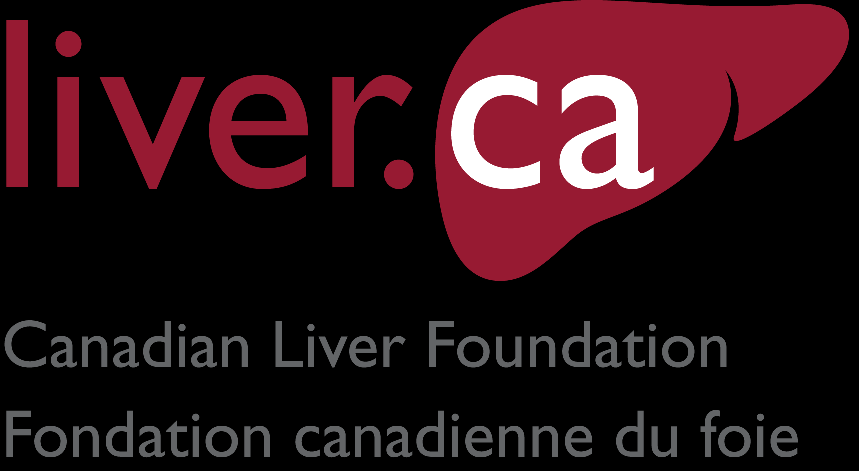March is the Canadian Liver Foundation’s Liver Health Month. The Foundation focuses on raising awareness of liver diseases, and what causes them. Morbid obesity alone may lead to severe liver disease, showing all the features of alcoholic hepatitis, and may even end in cirrhosis and liver failure. The most commonly diagnosed liver disease in North America is Fatty Liver Disease.
Fatty Liver Disease
A fatty liver is the result of excess fat in liver cells. Fatty tissue slowly builds up in the liver when a person’s caloric intake exceeds the calories they burn. The excess calories are stored as fat in the liver. A person has a fatty liver when fat makes up at least 5% of the liver 1. Fatty liver can be a completely benign condition if the excess calories are burned but if the fat continues to build up the liver becomes vulnerable to further injury, which may result in inflammation and scarring of the liver 2. These are the changes that can lead to cirrhosis.
The most common cause of fatty liver disease in Canada is obesity. Whereas several decades ago obesity was not very common, according to current statistics more than 50% of Canadians are overweight. It is estimated that 75% of obese individuals are at risk of developing a simple fatty liver and up to 23% of obese individuals are at risk of inflammation with the risk for cirrhosis.
How does fat get into the liver?
The liver is an organ that performs many important functions for the body. One of its critical functions is to act as a reservoir of energy or calories. Excess calories are initially stored as a carbohydrate (glycogen) and then when that capacity is reached, the calories are stored as fat. As we gain weight, the first place fat accumulates in the liver. Once the capacity of the liver is reached, the fat is stored elsewhere in the body. However, over time the liver develops the capacity to store more and more fat – to its detriment.
What is Non-Alcoholic Fatty Liver Disease (NAFLD)?
NAFLD is a progressive complex of liver disease which starts with fat accumulation in the liver without excessive alcohol consumption. The excess fat in the liver begins an inflammatory reaction that is harmful to the liver and to the rest of the body. It is strongly associated with metabolic syndrome (obesity + insulin resistance + dyslipidemia). 3
Does the size of your waist matter?
Excess abdominal fat is associated with fatty liver disease and other health risks such as diabetes.4 Waist measurements – which differ according to gender – are used to identify the health risks associated with excess abdominal fat: For men, health risks increase if your waist circumference is more than 102 cm (40 in.). For women, the risks increase if your waist circumference is more than 88 cm (35 in.).5
Obesity is the number one cause of fatty liver disease. If you’re obese and have tried to lose weight before, without permanent success, let SmartShape help you learn about procedures that could help you achieve your weight loss goals – for good.
If you’d like to learn more about how a bariatric procedure might help you to gain better health overall, get in touch with one of our Program Advisors today at (888) 278-7952 or Connect through our website at https://www.smartshape.ca/connect-today/
-
Lebovics E, Rubin J. Non-alcoholic fatty liver disease (NAFLD): why you should care, when you should worry, what you should do. Diabetes Metab Res Rev. 2011; 27 (5) :419-24. do:10.1002/dry.1198.
2. Duan X-Y, Zhang L, Fan J-G, Qiao L. NAFLD leads to liver cancer: do we have sufficient evidence? Cancer Lett. 2014; 345 (2) :230-4. do:10.1016/j.canlet.2013.07.033.
-
Anstee QM, Day CP. The genetics of NAFLD. Nat Rev Gastroenterol Hepatol. 2013; 10 (11) :645-55. do:10.1038/nrgastro.2013.182.
-
Anstee QM, Day CP. The genetics of NAFLD. Nat Rev Gastroenterol Hepatol. 2013; 10 (11) :645-55. do:10.1038/nrgastro.2013.182.
-
Angulo P. GI epidemiology: nonalcoholic fatty liver disease. Aliment Pharmacol Ther. 2007; 25 (8) :883-9. do:10.1111/j.1365-2036.2007.03246.x.
-
WHO. Waist Circumference and Waist-Hip Ratio: report of WHO Expert Consultation. Geneva; 2011:39.


